Peppers (Capsicum spp.) are among the most rewarding crops to grow in a home garden. Whether you enjoy sweet bell peppers in salads or spicy chili peppers in curries, these plants thrive with proper care. However, one of the most overlooked yet essential aspects of growing healthy and productive pepper plants is plant spacing. How far apart you plant your peppers can significantly impact airflow, root development, disease prevention, and overall yield.
This article provides a step-by-step guide to pepper plant spacing for better growth, including why spacing matters, different spacing requirements for pepper varieties, planting techniques, companion planting ideas, and common mistakes to avoid.
Why Spacing Matters for Pepper Plants
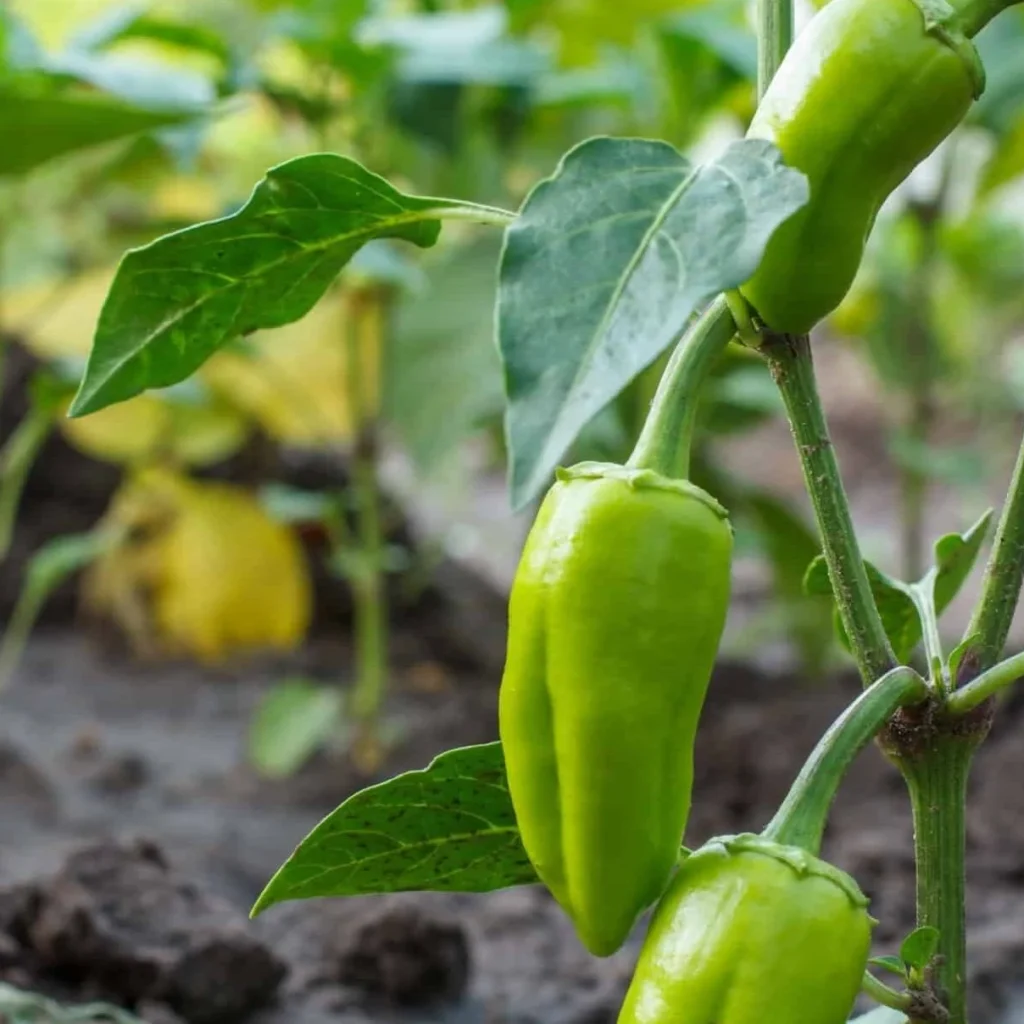
Correct spacing is more than just an aesthetic choice—it directly affects the health and productivity of your pepper plants.
- Prevents Overcrowding
When pepper plants are too close, they compete for sunlight, nutrients, and water. Overcrowding can stunt growth and reduce fruiting. - Encourages Proper Air Circulation
Adequate spacing improves airflow around the plants, lowering the chances of fungal diseases like powdery mildew, anthracnose, and bacterial leaf spot. - Enhances Root Development
Roots need room to expand and absorb nutrients efficiently. Proper spacing ensures each plant has a strong root system, making it more resilient to stress and drought. - Increases Yields
Plants with sufficient space grow larger, produce more flowers, and set more fruits. Well-spaced plants also make harvesting easier.
Ideal Spacing for Different Pepper Types
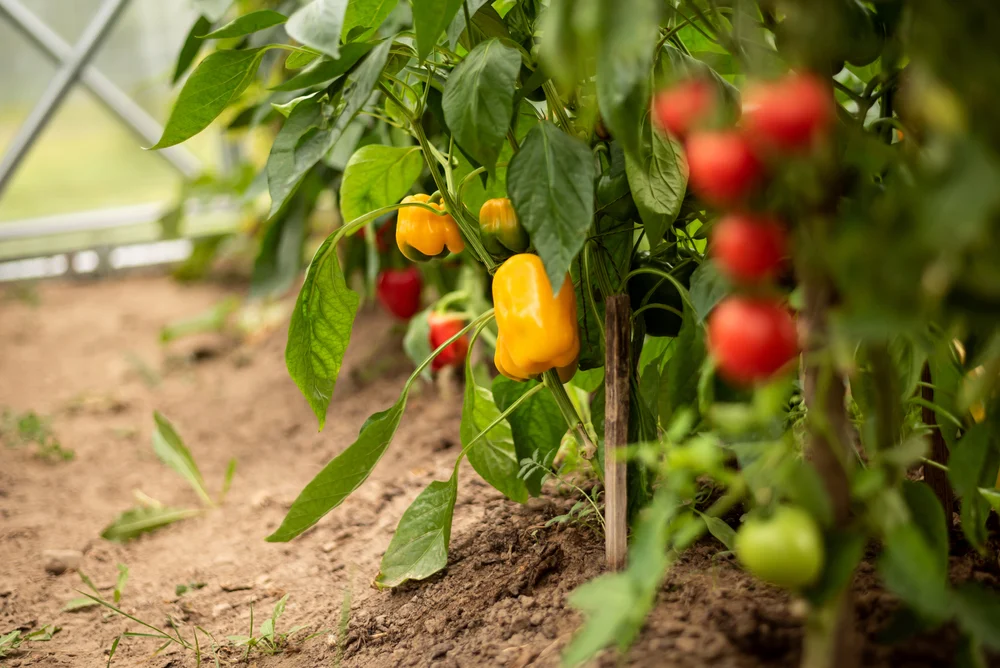
Not all peppers grow the same way—some are compact while others spread wide. Understanding the growth habit of your pepper variety helps determine the right spacing.
1. Bell Peppers (Sweet Peppers)
- Spacing between plants: 18–24 inches (45–60 cm)
- Spacing between rows: 24–36 inches (60–90 cm)
Bell peppers are bushy and require more room to spread. Adequate spacing ensures each plant has enough sunlight exposure to produce large, healthy fruits.
2. Hot Peppers (Chili Varieties)
- Spacing between plants: 12–18 inches (30–45 cm)
- Spacing between rows: 24–30 inches (60–75 cm)
Most chili peppers are smaller and more upright, so they can be planted closer together compared to bell peppers.
3. Large Pepper Varieties (Poblano, Anaheim, etc.)
- Spacing between plants: 20–24 inches (50–60 cm)
- Spacing between rows: 30–36 inches (75–90 cm)
These larger varieties need more space to support bigger fruit production and heavier plant structure.
4. Container-Grown Peppers
- One plant per 3–5 gallon container
- Larger varieties may require 5–7 gallon pots.
Container gardening is excellent for small spaces, but each pot should be dedicated to a single plant to prevent root competition.
Step-by-Step Guide to Planting with Proper Spacing
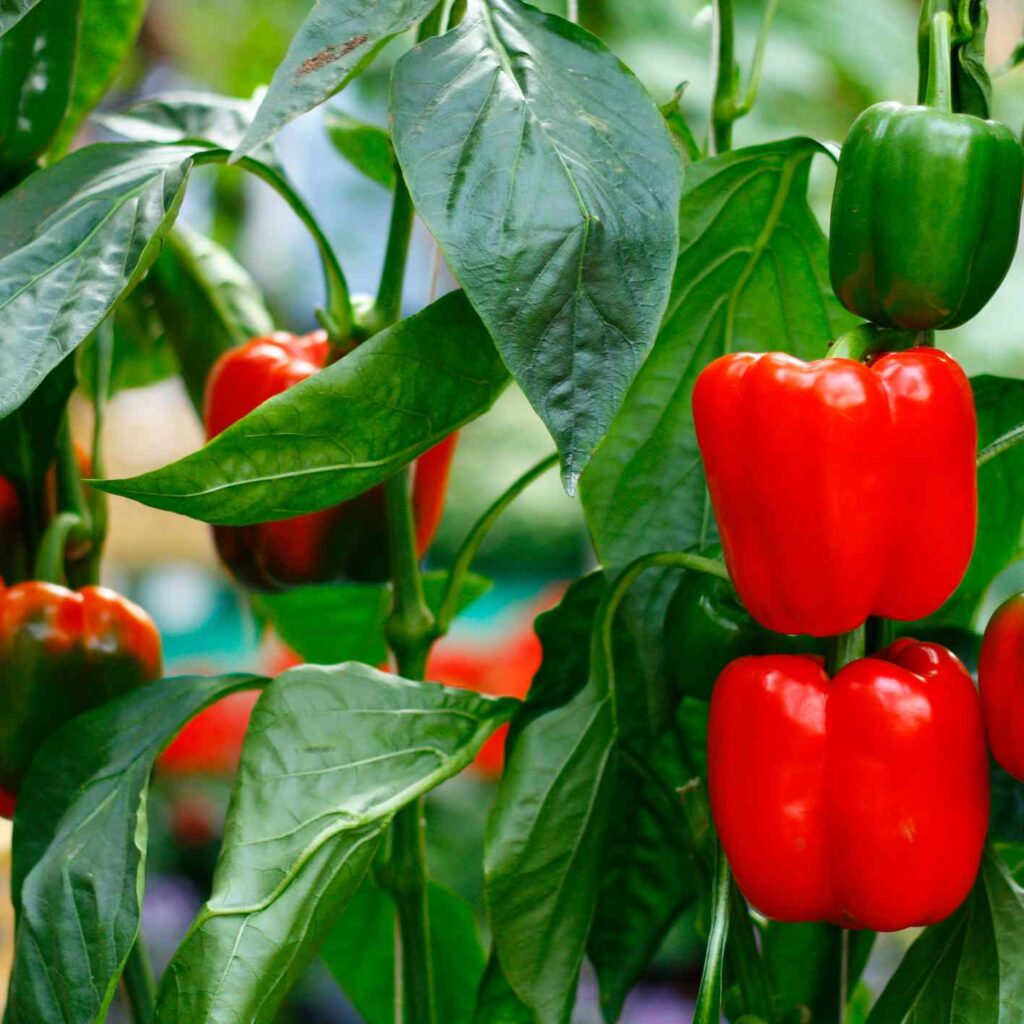
Step 1: Prepare the Soil
Peppers prefer well-draining, fertile soil with a pH between 6.0 and 7.0. Mix compost or aged manure into the soil before planting to improve fertility.
Step 2: Plan Your Garden Layout
Measure your garden bed and mark where each plant will go. Use stakes, strings, or even small flags to ensure rows are evenly spaced.
Step 3: Transplant Seedlings Carefully
Peppers are usually started indoors and transplanted outdoors when temperatures consistently stay above 60°F (15°C). Place seedlings in the soil at the planned spacing, burying them slightly deeper than they were in the seedling pot.
Step 4: Mulch Around the Plants
Apply a 2–3 inch layer of organic mulch such as straw or shredded leaves. Mulch helps retain soil moisture, regulates temperature, and prevents weed growth while maintaining spacing visibility.
Step 5: Stake or Cage Larger Plants
Some pepper varieties grow tall and may topple over. Using cages or stakes ensures they remain upright without disturbing the spacing.
Spacing Adjustments Based on Growing Conditions
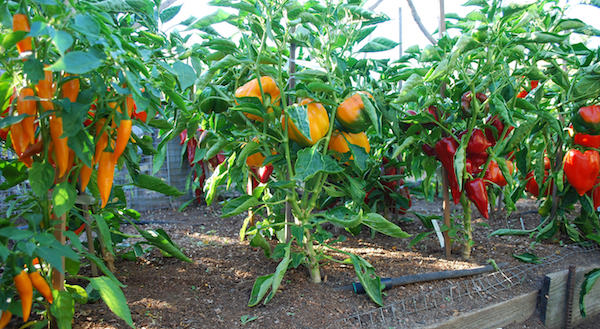
Even within the general spacing guidelines, certain conditions may require adjustments.
- Raised Beds
In raised beds, soil fertility and drainage are often better, so you can slightly reduce spacing by a few inches. - Poor Air Circulation Areas
If your garden is in a humid climate or shaded area with limited airflow, increase spacing by a few inches to minimize fungal risks. - High-Intensity Gardening
If you practice square-foot gardening or intensive planting, use smaller pepper varieties that tolerate closer spacing.
Companion Planting with Peppers
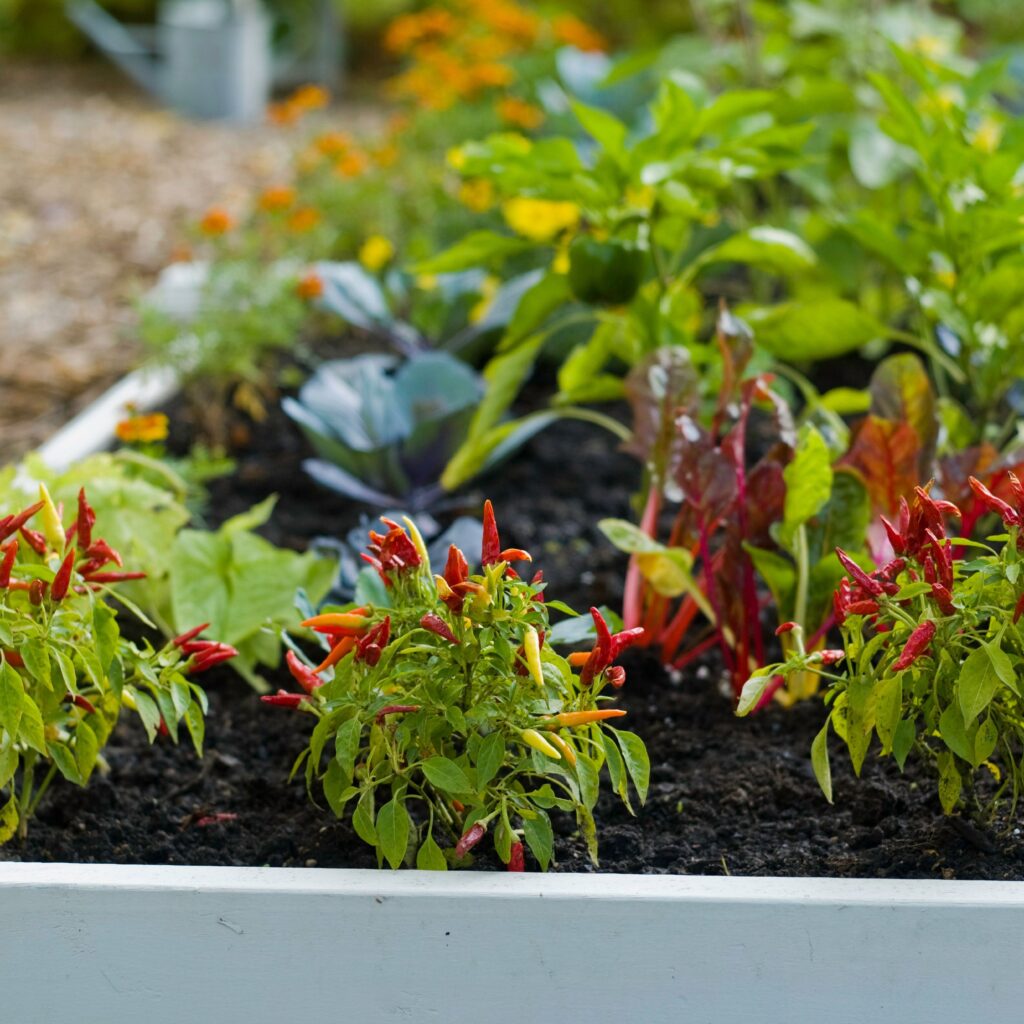
Companion planting is a natural way to improve pepper growth while making efficient use of space.
- Good Companions
- Basil: Repels aphids, beetles, and improves pepper flavor.
- Carrots & Onions: Utilize underground space without competing with pepper roots.
- Marigolds: Deter nematodes and harmful insects.
- Avoid Planting With:
- Fennel: Inhibits growth of nearby plants.
- Kale and Cabbage Family (Brassicas): Compete for nutrients and may attract similar pests.
Common Mistakes in Pepper Spacing
- Planting Too Close Together
Leads to poor airflow, weak root systems, and higher chances of diseases. - Ignoring Row Spacing
Many gardeners only consider plant-to-plant spacing but forget row spacing, which is equally important for airflow and access. - Overcrowding in Containers
Placing multiple peppers in one pot may save space but results in weaker plants and fewer fruits. - Not Adjusting for Growth Size
Small seedlings may look fine when planted close, but as they mature, they quickly outgrow the space.
Tips for Maximizing Pepper Growth
- Prune Lower Leaves: Improves air circulation and reduces disease.
- Fertilize Regularly: Use a balanced fertilizer with slightly higher potassium for better fruiting.
- Rotate Crops: Avoid planting peppers in the same spot as last year to reduce soil-borne diseases.
- Water Consistently: Irregular watering can cause blossom-end rot and poor yields.
Harvesting and Yield Benefits of Proper Spacing
When peppers are spaced correctly, you can expect:
- Bigger Fruits: Plants focus on producing quality rather than competing for resources.
- Higher Yields: Each plant can reach its full fruiting potential.
- Healthier Plants: Reduced stress and lower disease risk ensure longer harvesting periods.
- Easier Harvesting: Well-spaced plants allow easy access for picking without damaging stems or roots.
Conclusion
Growing healthy and productive pepper plants doesn’t just depend on watering, fertilizing, or pest management—spacing is equally crucial. Whether you’re planting bell peppers, hot chilies, or larger varieties, giving each plant the right amount of space ensures strong roots, proper airflow, and abundant fruiting.
By following these guidelines—18–24 inches apart for bell peppers, 12–18 inches for hot peppers, and 20–24 inches for larger varieties—you set your garden up for success. With careful planning, you’ll enjoy not just a few peppers but a bountiful harvest of colorful, flavorful crops throughout the season.
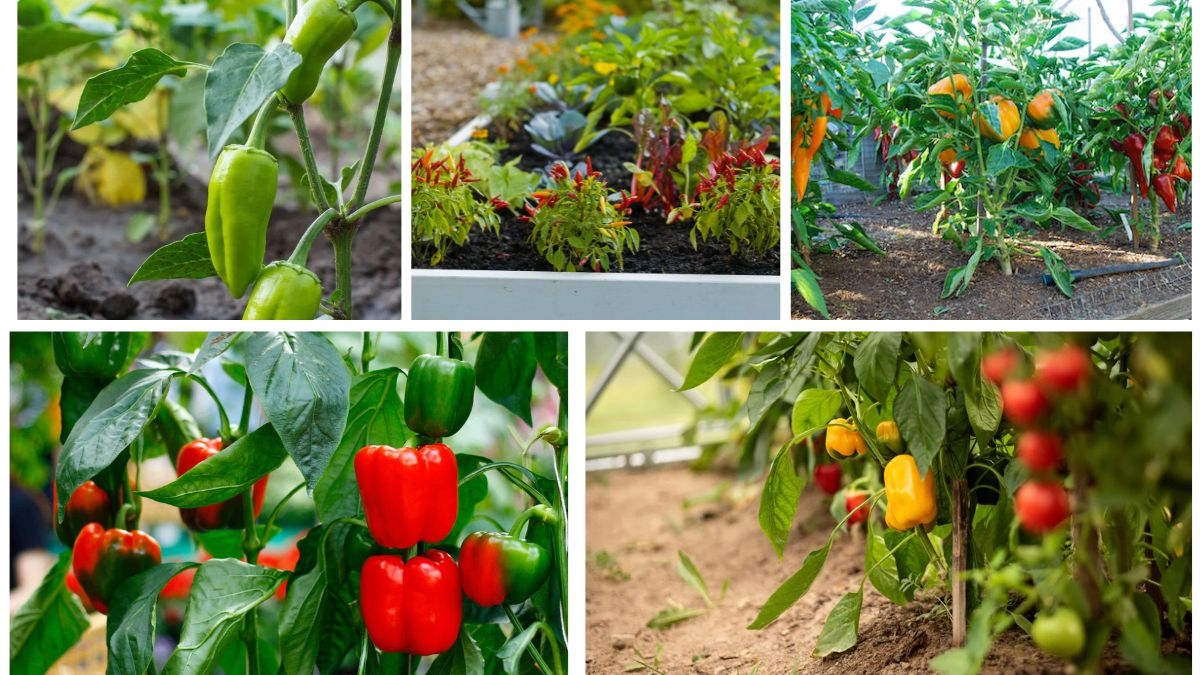




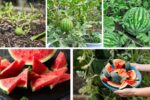
Leave A Comment